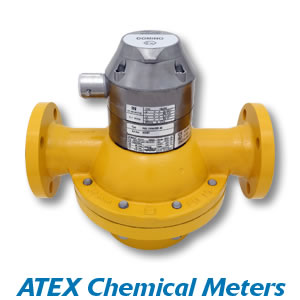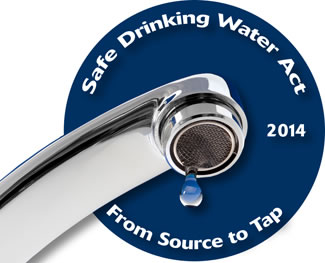

ISTEC CORPORATION
Flow Measurement & Control
5 Park Lake Road, Unit 6
Sparta, NJ 07871 USA
Tel 973-383-9888
Fax 973-383-9088
Email
sales@istec-corp.com
Newsletter Sign-up Here
OFFICE HOURS
8 AM to 4 PM
Daily Monday - Friday
We Accept
![]()
Welcome to ISTEC – Flow Measurement & Control Systems
We provide effective solutions to flow measurement problems of all kinds. Our energy conservation and flow measurement products offer a wide variety of products for the HVAC, Pharmaceutical, Food/Beverage, Water/Waste Water, Energy Management, Oil/Gas, Marine, Naval, Processing markets and more and include...
In the control area, we specialize in Radiator Valves and FlowGuard™ Balancing Valves. Our instruments are widely used in conjunction with solar energy and geothermal systems as well as cogeneration systems to verify performance and allocate individual costs. |
|
|
The Reduction of Lead in Drinking Water Act of 2011, has been amended to the Safe Drinking Water Act (SDWA) now in effect as of January 4, 2014. We are aware that the new law mandates the amount of lead in wetted surfaces of pipes, pipe fittings, plumbing fittings and fixtures from the source to the tap for all structures whether residential or commercial. These wetted parts include water meters, backflow and check valves and any other products that come in contact with water meant for human consumption. See our SSM® Series, NSF/ANSI 372 Potable Water Meters. SOURCE: U.S. E.P.A. |
| Our products include meters for potable use and for manufacturing, irrigation, toilets, or washing machines, which are excluded from the new regulations. Certain products we provide meets the new standard. | |
What are Flow Meters?
A flow meter is a device used to measure linear, nonlinear, mass or volumetric flow rate of a liquid or a gas. Choosing the right flow meter involves a clear understanding of the requirements of the particular application. Here are some important questions that should be answered before choosing a flow meter.
- What is the material being measured by the flow meter? (air, water, gas, etc.)
- Do you require rate measurement and/or totalization from the flow meter?
- If the liquid is not water, what viscosity is the liquid?
- Is the fluid clean?
- Do you require a local display on the flow meter or do you need an electronic signal output?
- What are the minimum and maximum flow rates for the flow meter?
- What are the minimum and maximum process pressures?
- What are the minimum and maximum process temperatures?
- Is the material chemically compatible with the flow meter wetted parts?
- If this is a process application, what is the size of the pipe?
With many flow measurement instruments, the flow rate is determined inferentially by measuring the liquid's velocity or the change in kinetic energy. Velocity depends on the pressure differential that is forcing the material through a pipe or conduit. Because the pipe's cross-sectional area is known and remains constant, the average velocity is an indication of the flow rate. The basic relationship for determining the liquid's flow rate is: Q = V x A
Q = liquid flow through the pipe
V = average velocity of the flow
A = cross-sectional area of the pipe
Based on the interface variable set, local measurements at the terminal of generator (such as the reactive and active power, terminal current and voltage) can be chosen to describe the relationship between the generator set and the AC grid. Furthermore, based on the interface equations, the relation between the terminal measurements and the immeasurable variables in the differential equations of generator (such as the d and q-axis stator circuit currents, the transient EMF in the q-axis) can be established. Thus, it is easy to transform the immeasurable variables into local measurements, and then the nonlinear controller using only local measurements can be designed easily.
Other factors that affect material flow rates include the material’s viscosity and density, and the friction of the material in contact with the pipe.
Direct measurements of material flows can be made with positive-displacement flow meters. These units divide the material into specific increments and move it on. The total flow is an accumulation of the measured increments, which can be counted by mechanical or electronic techniques. (read more)
Contact us for additional information or to receive a flow metering quotation.

